Fresh, juicy, and refreshingly sweet — honeydew melons are a beloved treat enjoyed in homes, restaurants, and markets around the world. Whether served in fruit salads, breakfast platters, or smoothies, these pale-fleshed melons offer a perfect balance of hydration, nutrients, and flavor. But have you ever paused to wonder: where does the world get most of its honeydews?
In this article, we’ll explore the global production of honeydew melons, spotlight the countries that produce and export them, and uncover how this delicious fruit makes its way to supermarket shelves worldwide.
What Are Honeydew Melons?
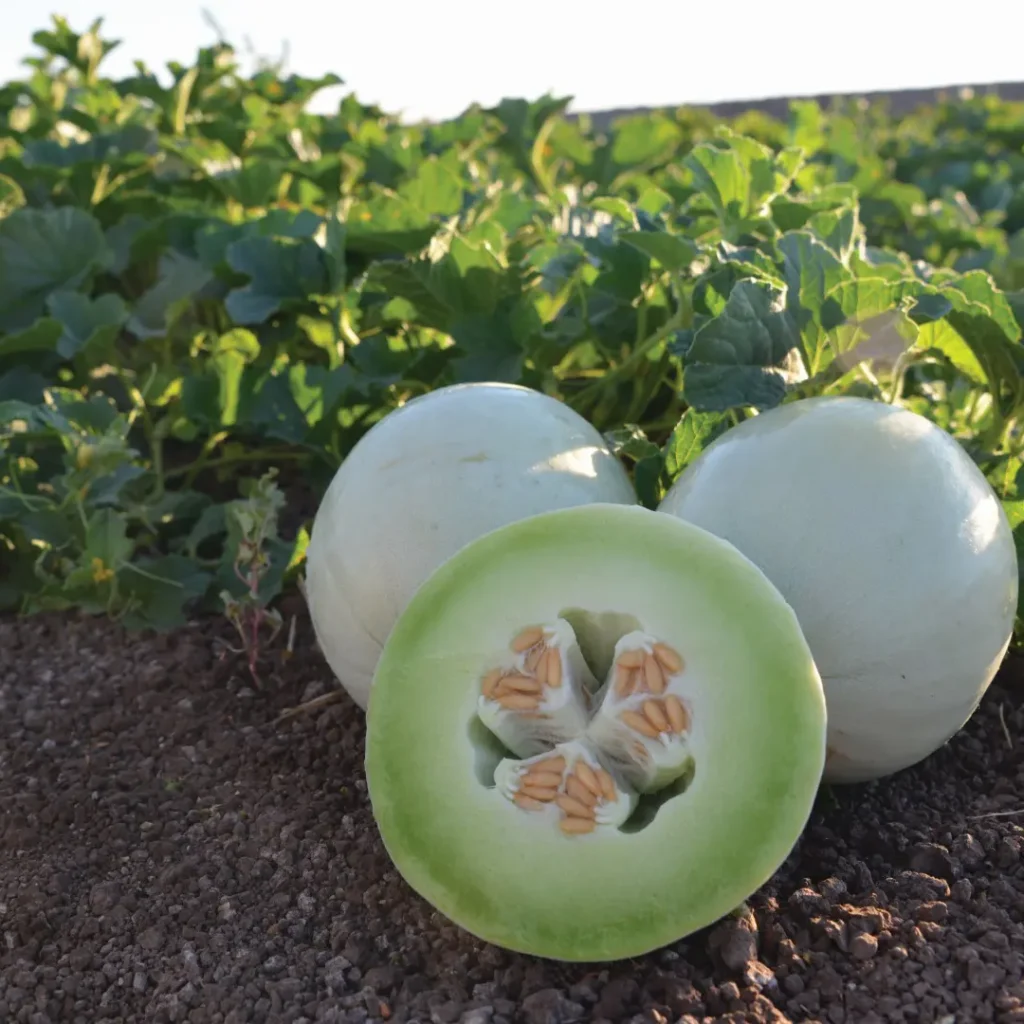
Honeydew melons are members of the Cucumis melo species and belong to the Inodorus group of melons, which also includes canary and casaba melons. Recognized by their smooth, pale-yellow to creamy white outer rind and sweet, light green or occasionally orange flesh, honeydews are favored for their subtle sweetness, juicy texture, and high water content — over 90% water by weight.
Rich in vitamin C, potassium, and dietary fiber, honeydews are a popular choice for those seeking a healthy, hydrating snack, especially in warm climates.
Global Production of Honeydew Melons
Globally, the production of honeydew melons is part of the larger melon category, which exceeds 30 million metric tons annually. While honeydews are cultivated in several countries, China stands out as the largest producer by a wide margin.
Here’s a breakdown of the top honeydew and melon-producing countries:
| Rank | Country | Melon Production (approx. tons/year) |
|---|---|---|
| 1 | China | 14–15 million metric tons |
| 2 | Turkey | 1.7 million metric tons |
| 3 | Iran | 1.4 million metric tons |
| 4 | Egypt | 1 million metric tons |
| 5 | United States | 930,000 metric tons |
| 6 | Brazil | 870,000 metric tons |
| 7 | Spain | 860,000 metric tons |
China: The Global Honeydew Powerhouse
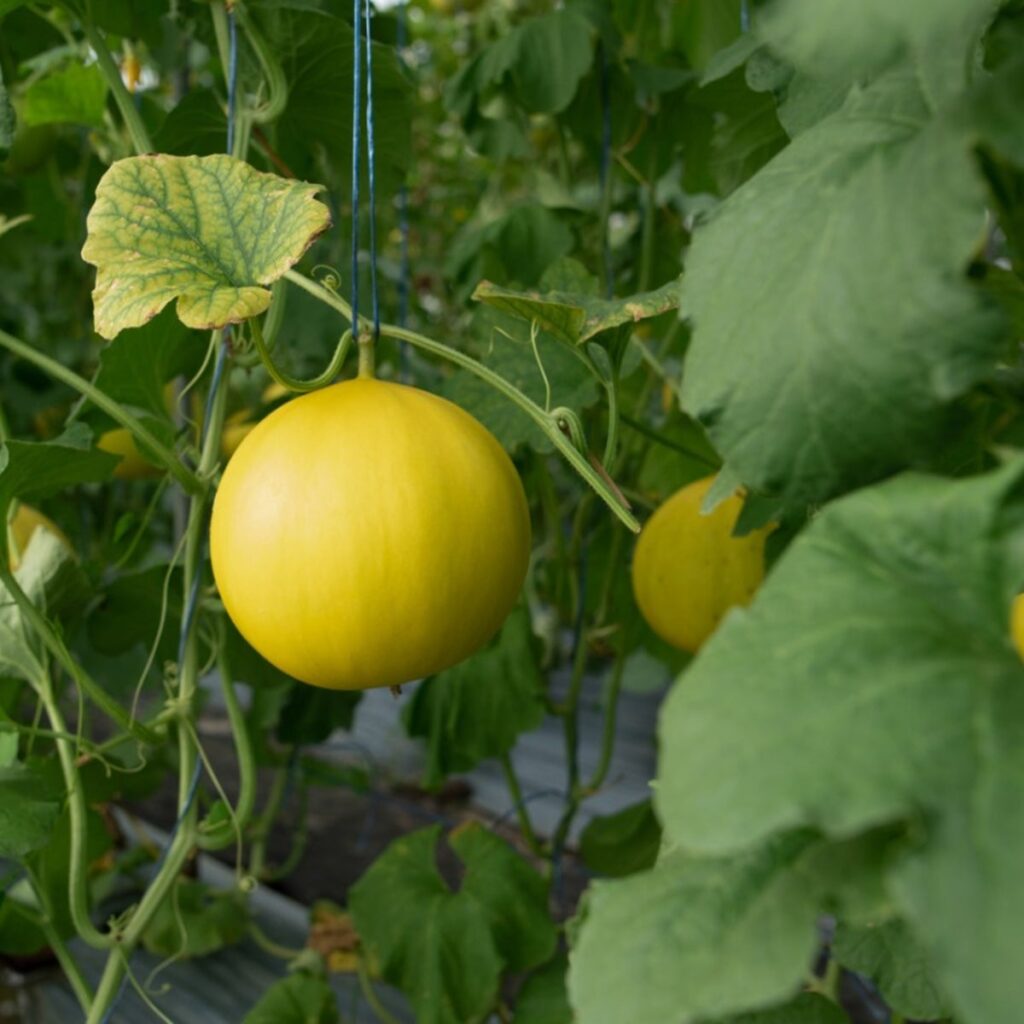
When it comes to where the world gets most of its honeydews, China is the undeniable leader. Producing close to 15 million metric tons of melons annually, a significant portion of this includes honeydew varieties.
Why China Dominates Honeydew Production:
- Ideal Climate: Hot, dry summers and cool nights in regions like Xinjiang, Gansu, and Inner Mongolia offer perfect growing conditions.
- Extensive Farmlands: Large, fertile agricultural areas allow for high-volume cultivation.
- Rich Farming Tradition: Generations of melon farmers have perfected melon-growing techniques, particularly for varieties like the famous Bailan melon (a type of honeydew native to Lanzhou, Gansu province).
- Massive Domestic Demand: With over 1.4 billion consumers, much of China’s honeydew production stays within its borders to meet local market needs.
Though China is the largest producer, relatively little of its harvest is exported. The majority is consumed domestically in fresh markets, homes, and local eateries.
Major Honeydew Exporters Supplying the World
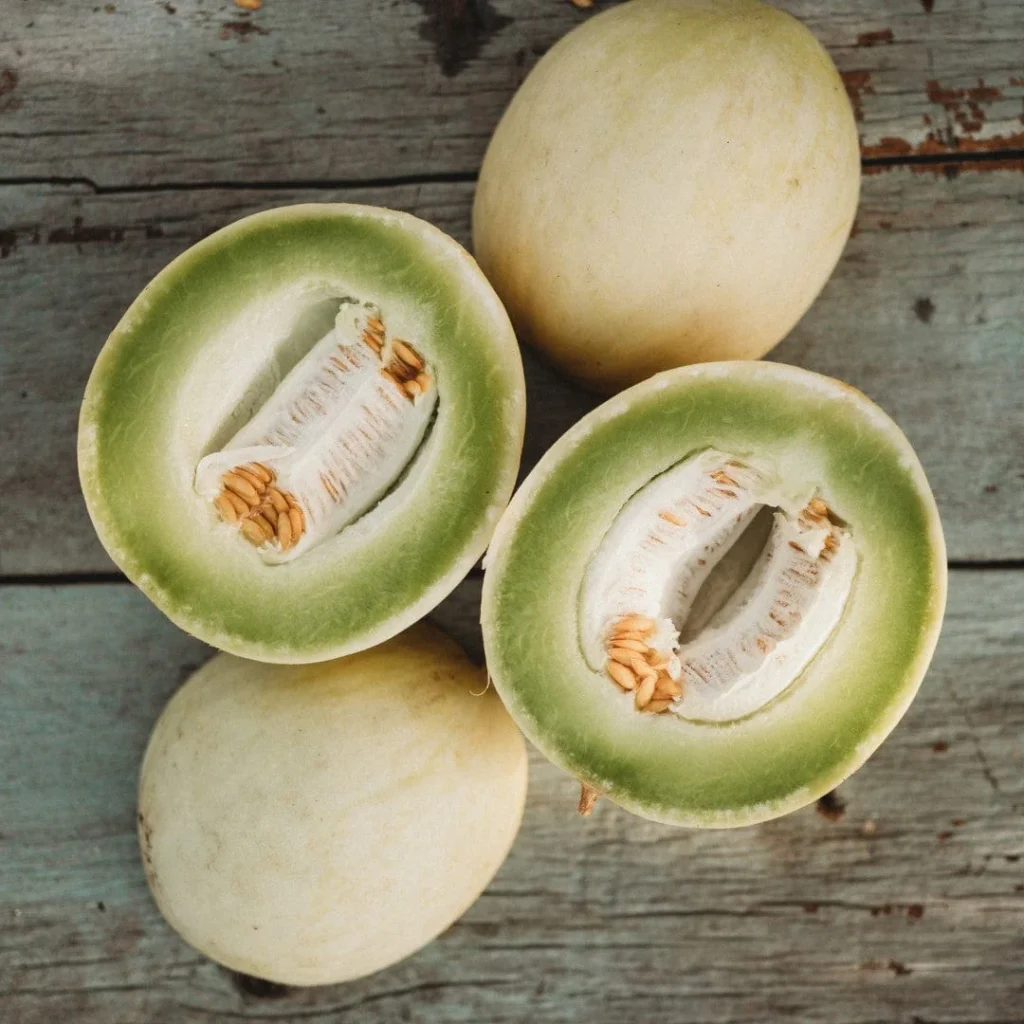
While China dominates production, the global honeydew export market is driven by several other countries that strategically supply regions during off-seasons or colder months when domestic production in those markets isn’t possible.
Top Exporters of Honeydews:
- Spain
- Brazil
- Guatemala
- Mexico
- Morocco
- United States
These nations export honeydews primarily to Europe, North America, and the Middle East, ensuring a year-round global supply.
Spain: Europe’s Leading Supplier
Spain is Europe’s top honeydew exporter, with fertile melon-growing areas like Murcia, Almería, and Valencia. Spain’s export season peaks from May to September, coinciding with summer demand across the European Union.
Thanks to efficient greenhouse systems and proximity to major European markets, Spanish honeydews are known for their flavor and consistent quality.
Brazil: Winter Supplier for the Northern Hemisphere
Brazil plays a crucial role by supplying honeydews to Europe and the U.S. during their winter months (November to March). Most of Brazil’s honeydew production comes from its Northeast region, particularly Rio Grande do Norte and Ceará.
The country has built a reputation for producing high-quality export-grade honeydews that help maintain global market supply when Northern Hemisphere growers are out of season.
Guatemala and Mexico: North America’s Go-To Growers
Both Guatemala and Mexico are major exporters to the United States and Canada. These countries benefit from:
- Proximity to North American markets
- Year-round warm climate
- Lower labor and production costs
Peak export seasons for these nations range from October to May, perfectly complementing domestic U.S. production gaps.
How Global Honeydew Trade Works

To ensure year-round supply in major markets like the United States, Canada, Europe, and parts of Asia, countries rely on a rotational production calendar:
| Season | Primary Suppliers |
|---|---|
| May–September | Spain, U.S., China |
| October–March | Brazil, Guatemala, Mexico, Morocco |
| Year-round | Egypt, Turkey, Australia (smaller volumes) |
This seasonal relay model allows fresh honeydews to be available in supermarkets globally, regardless of local growing seasons.
Why Honeydews Are a Global Favorite
Several factors contribute to honeydews’ popularity and global demand:
- Mild, sweet flavor appeals to diverse palates.
- Hydrating — over 90% water, making them ideal for warm climates.
- Rich in Vitamin C and other nutrients.
- Versatile: can be served fresh, blended, or in desserts.
- Good shelf life for international shipping.
- High market demand in health-conscious and premium grocery sectors.
Challenges in Honeydew Production and Trade
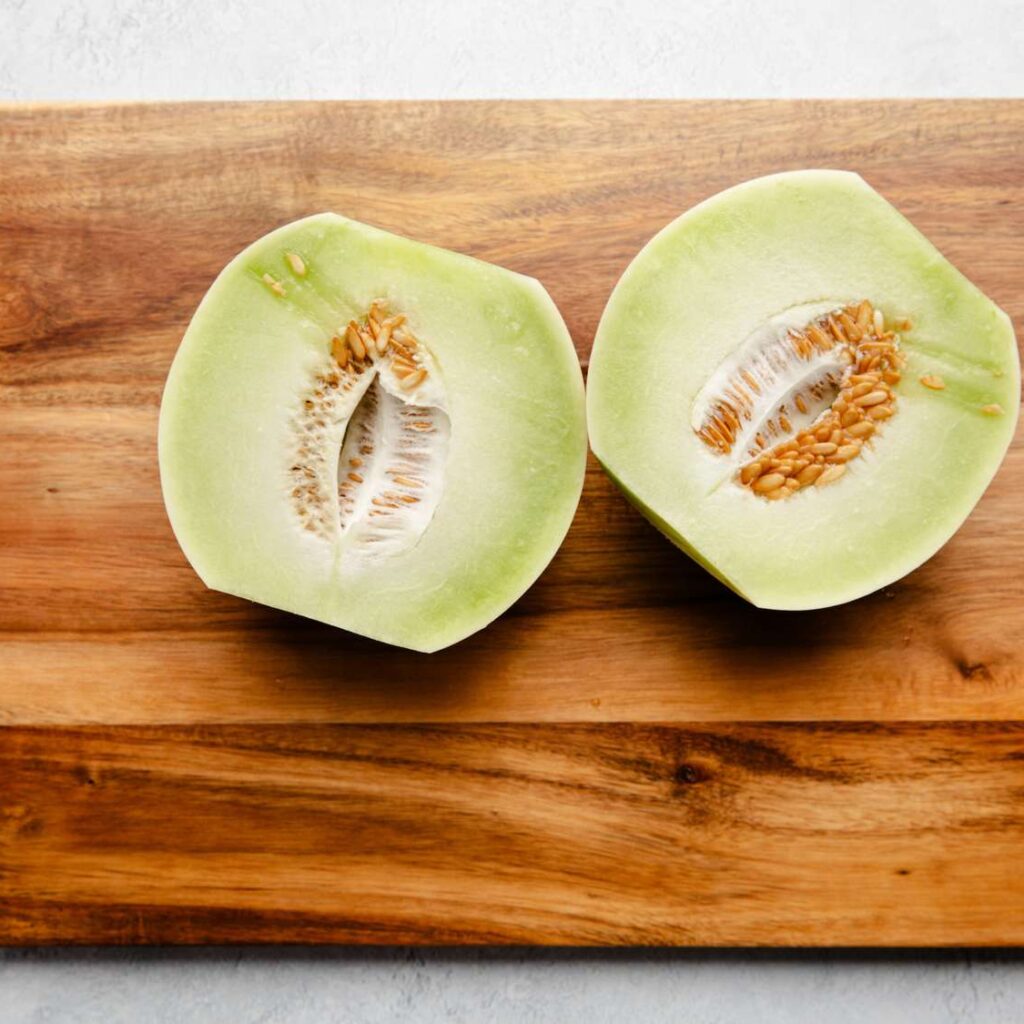
While the honeydew industry continues to thrive, it faces several challenges:
- Perishability: Honeydews require careful post-harvest handling and cold-chain logistics.
- Climate Change: Rising temperatures and unpredictable weather affect harvest timing and crop quality.
- Pests and Diseases: Melon aphids, cucumber beetles, and powdery mildew remain persistent threats.
- Sustainability Pressures: Increasing demand for organic and environmentally-friendly farming practices.
The Future of Global Honeydew Markets
As global health trends favor low-calorie, hydrating fruits and exotic produce, demand for honeydews is expected to rise, especially in:
- Asia’s urban markets
- Health-conscious communities in Europe and North America
- Emerging economies in the Middle East and Africa
Future industry trends include:
- Greenhouse farming expansion
- Improved disease-resistant varieties
- Eco-friendly packaging
- Increased online and specialty store sales
Conclusion
So, to answer the question — where does the world get most of its honeydews?
- In terms of sheer production, China leads the world, producing nearly half of global honeydew and melon output.
- When it comes to international markets and exports, Spain, Brazil, Guatemala, Mexico, and Morocco are the key suppliers, ensuring fresh honeydews reach supermarket shelves worldwide, no matter the season.
Thanks to coordinated global farming, export systems, and cold-chain logistics, this naturally sweet, vitamin-packed fruit continues to delight consumers around the world — from the markets of Beijing and the beaches of Rio to the streets of New York and cafés of Madrid.
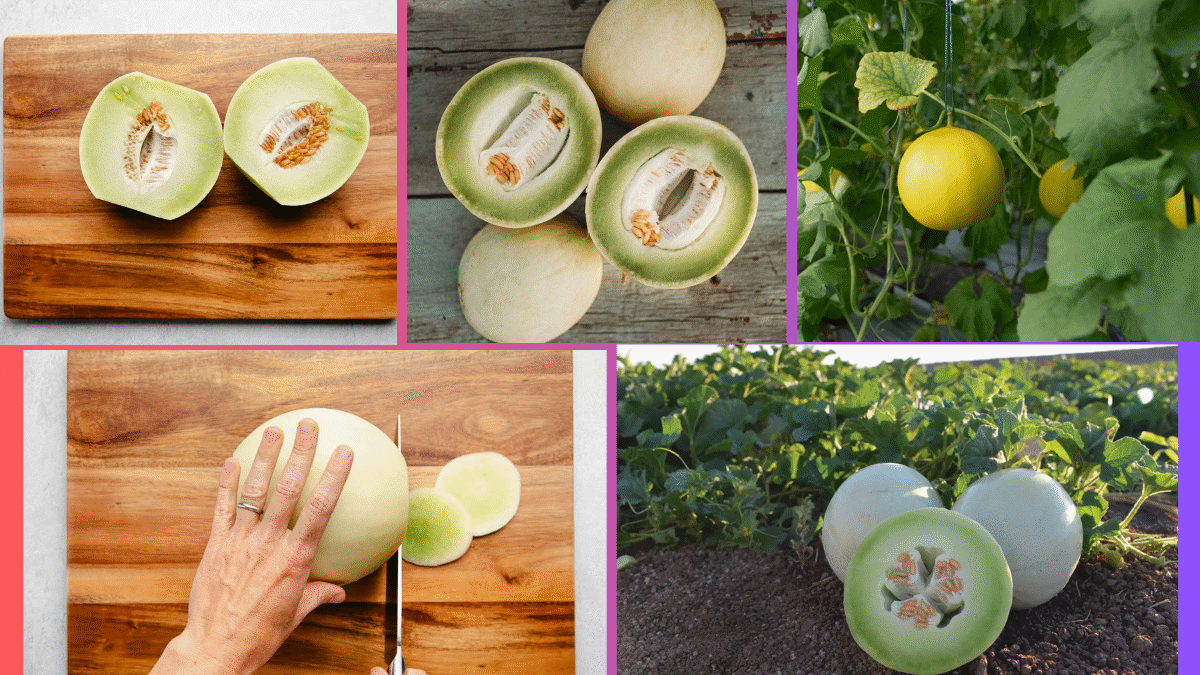

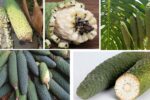

Leave A Comment